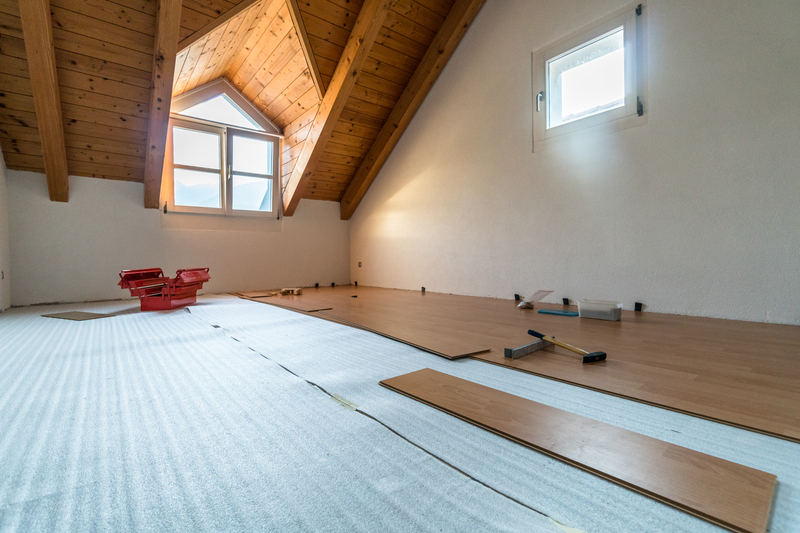Hardwood floors add a warm, classic appeal to any home. However, over time, they may lose their shine due to wear and tear. Restoring hardwood floors can breathe new life into them, making your space feel rejuvenated. Before you embark on this project, it’s crucial to understand the process, take appropriate safety precautions, and prepare your space accordingly.
Understand the Process
Restoring hardwood floors is not as simple as applying a fresh coat of finish. It involves several steps that require careful consideration and patience. Understanding this process can help you prepare adequately and set realistic expectations. The process begins with assessing the condition of the floors. Check for any damage, such as scratches, dents, or warping. Significant damage may require board replacement or professional help. Next, the old finish and surface scratches are removed through sanding. This step may require multiple passes with different grades of sandpaper, starting with a coarse grade and ending with a finer one. Once sanded, the floors are vacuumed and wiped clean to remove dust. Finally, the new finish is applied, and the floor is allowed to dry. It’s vital to understand this process, as it will inform how you prepare and carry out each step.
Take Safety Precautions
Safety is paramount during any home improvement project, including floor restoration. Sanding hardwood floors can create a significant amount of dust, which can be harmful if inhaled. Therefore, it’s important to wear a dust mask, safety goggles, and ear protection during this process. Finishing your hardwood floors can cause harmful fumes. Ensure you have proper ventilation to help dissipate these fumes quickly. This might include opening windows, using fans, or even temporarily moving out of your home, especially if you have children, pets, or individuals with respiratory issues.
Clear Furniture From the Room
Before starting the restoration process, it’s essential to clear the room of all furniture, rugs, and other items. This includes wall decorations and curtains, as the sanding process can generate a lot of dust. Emptying the room not only protects your furniture but also provides ample space to move and work efficiently. Once cleared, sweep or vacuum the floor to remove loose debris that could potentially damage the sanding equipment.
Restoring hardwood floors can significantly enhance the beauty of your home. By understanding the process, taking necessary safety precautions, and adequately preparing the room, you can ensure a successful and efficient restoration. Remember, if the damage is extensive or the process feels too overwhelming, it’s wise to hire a professional. Ultimately, the goal is to preserve the timeless charm of your hardwood floors, so they continue to add value and beauty to your home.
You might also like this article: How To Deal With Difficult Neighbors

